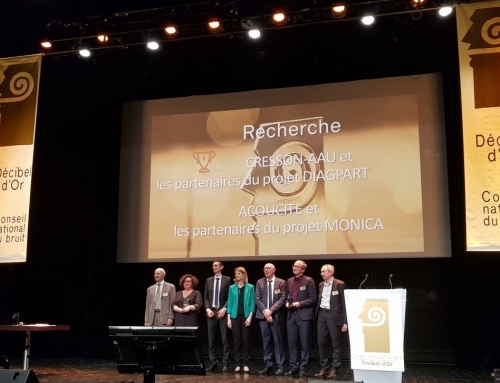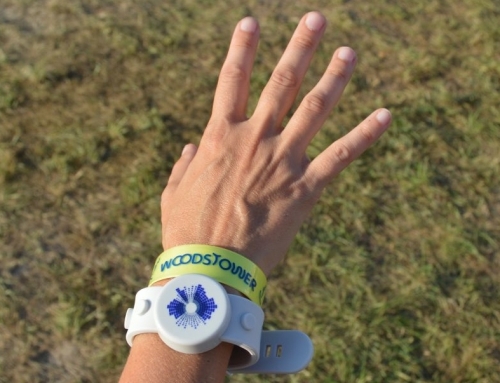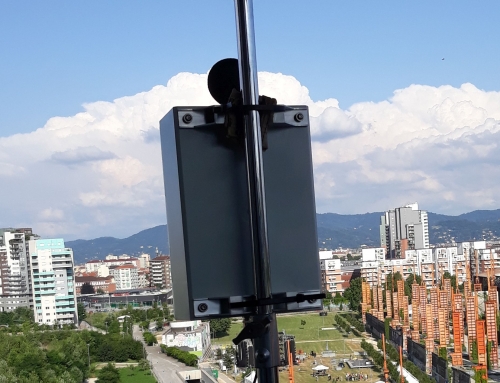MONICA partners DigiSky has developed an airship prototype which will be equipped with sensors and cameras to assist the monitoring of crowds at events, while complying with regulations.
It is not a straightforward task to deploy unmanned aerial vehicles, also known as UAVs or drones. They are subject to intense European, national and local regulations which must be followed before any launch can happen.
– Whereas drones offer great, new ways of assessing a situation, giving a quick overview of a mass crowd and identifying potential security and health incidents, they also present considerable danger. Moving over a crowd, they can potentially cause physical injuries. They can also fall into the wrong hands, becoming surveillance tools or weapons, which calls for a strict, operational control, explains Marco Cipolato, Aerospace Engineer at DigiSky.
In Italy where Digisky is doing the airship testing, the Italian Civil Aviation Authority does not allow any remotely piloted aircraft system (RPAS) to fly over crowded areas. This includes any remotely piloted aerial vehicle without persons on board which is not used for recreational or sports purposes. Therefore, any system that has capabilities to be remotely piloted, featuring a receiver connected to propellers for example, cannot be used over MONICA events.
Consequently, DigiSky has developed a prototype which resembles a tethered balloon more than a RPAS. The blimp is allowed as long as it does not float more than 40 meters above ground, and it is not close to an airport area. The rope has a dual purpose, enabling field operators to control the altitude of the balloon and to move it around the venue area.
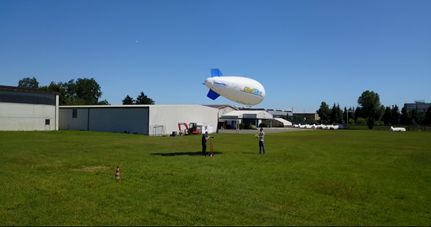
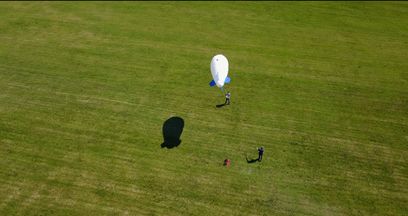
The blimp prototype measures 5×2 meters, it is inflated with helium and can be either tied to the ground or moved around by field operators. The first test flight took place at the Torino Aeritalia Airport, a small airport for general aviation which was closed to air traffic on the day of the test. DigiSky obtained special permission to fly inside the airport territory. At the test the airship’s stability was validated and the airship is now ready for additional test flights to check image stability from the cameras installed as well as high-altitude operation.
Beware of venue regulations
However, complying with national regulations is not enough. A full understanding of the local regulations is also necessary which became clear when DigiSky looked into testing the prototype at the Kappa FuturFestival in Torino.
– Our first prototype was ready to take off a couple of weeks before the event in Torino, and we therefore considered it a good chance to test some features of the blimp directly on the field, Marco Cipolato explains.
However, the venue regulations in Torino require that organisers provide certification of all items entering the area. In the case of the blimp, this included certification of the inflating and electrical system as well as the system’s flammability.
– Since not all information was available in that short timeframe, we could not attend the event. It was not a big deal since we were not expected to be present so soon, but it certainly raised a flag about the regulations we need to take care of, Marco Cipolato concludes.
Consequently, DigiSky is drawing up a guideline, describing the blimp characteristics and defining the requirements to make the blimp operative. Partners will then provide any specific certification needed to allow the blimp inside venue areas.

